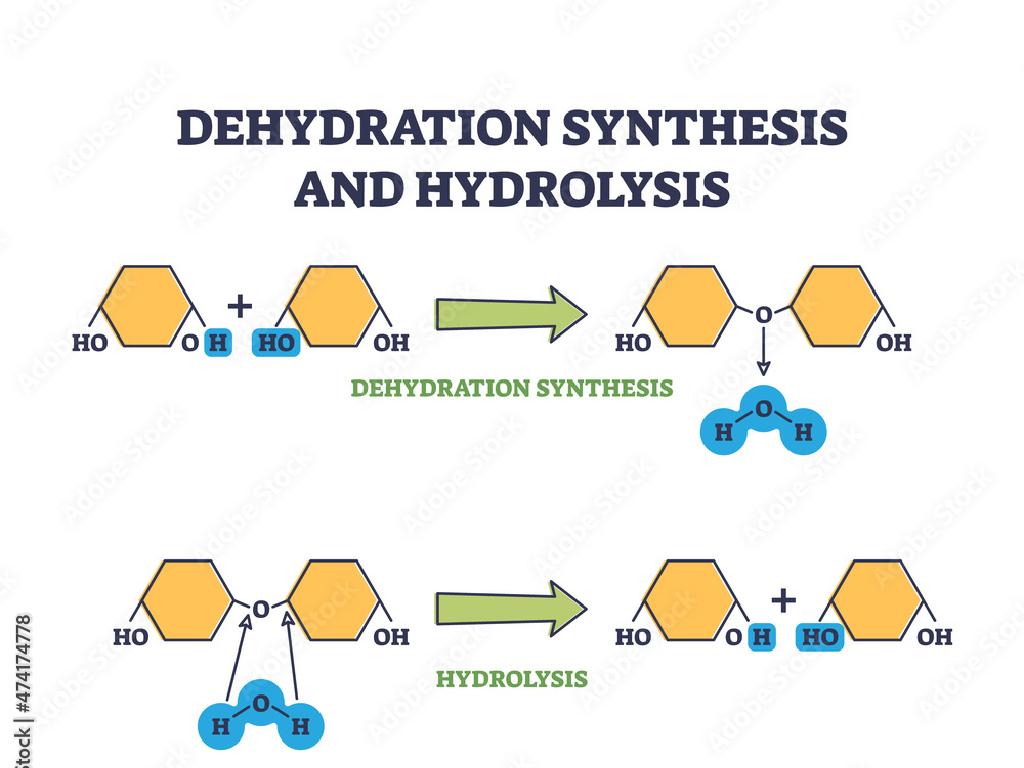Identify States Of The West
Subject: Social studies
Grade: Fifth grade
Topic: States
Please LOG IN to download the presentation. Access is available to registered users only.
View More Content
Welcome to the West!
– Exploring Western USA states
– Geography of the West
– Mountains, coastlines, and deserts define the West
– Characteristics of Western states
– Diverse climates, economies, and cultures
– Importance of state knowledge
– Knowing states helps us appreciate our nation’s diversity
|
In today’s class, we’ll embark on a journey through the Western states of the United States, exploring the unique geography that includes majestic mountains, vast coastlines, and arid deserts. We’ll look at the distinct characteristics of each state in the West, such as their different climates, economies, and cultural influences. Understanding the diversity of our country’s states is crucial for appreciating the rich tapestry that makes up our nation. Encourage students to think about how each state’s geography might influence the lifestyle and culture of its inhabitants. This knowledge not only broadens their horizons but also fosters a sense of national unity and identity.
Exploring the Western States
– Location of Western states
– Situated in the western part of the USA, often west of the Mississippi River.
– Natural features in the West
– Mountains, deserts, and coastlines define the landscape.
– Cultural aspects of the West
– Rich in diverse traditions, from Native American to modern influences.
|
This slide aims to help students identify what characterizes the Western states of the United States. Discuss the geographical location, typically considered to be west of the Mississippi River, and include states like California, Nevada, and Oregon. Highlight the varied natural features such as the Rocky Mountains, Mojave Desert, and Pacific coastline. Touch on the cultural diversity, including the influence of Native American heritage, the Gold Rush, and the film industry in Hollywood. Encourage students to think about how these factors contribute to the identity of the Western states and to bring up any personal experiences or knowledge related to the West.
Exploring the Western States
– Locate Western states on a map
– Use a map to find states like California, Nevada, and more
– Learn capitals and major cities
– Capitals like Sacramento, CA; Carson City, NV
– Discover fun state facts
– Unique facts: California’s gold rush, Oregon’s Crater Lake
– Understand the geography
– Mountains, deserts, and coastlines shape the West
|
This slide aims to introduce students to the Western region of the United States. Start by showing a map and helping students identify each state’s location. Discuss the capitals and major cities to give a sense of the political and cultural centers. Share interesting facts about each state to engage students and make the lesson memorable. For example, talk about the gold rush history of California or the natural beauty of Oregon’s Crater Lake. Highlight the diverse geography of the West, from the Rocky Mountains to the Pacific coastline, to enhance their understanding of how landscapes can define a region. Encourage students to share any personal experiences or knowledge related to these states.
The Geography of the Western States
– Explore diverse landscapes
– Mountains, deserts, coastlines offer unique ecosystems
– Climate variations in the West
– From rainy coastlines to dry deserts
– Major rivers in the West
– Colorado River, Columbia River, and more
– Natural resources available
– Minerals, forests, and fertile soil support economies
|
This slide aims to give students a broad overview of the Western states’ geography. Emphasize the diversity of landscapes found in the West, such as the Rocky Mountains, the Mojave Desert, and the Pacific Coast. Discuss how these landscapes contribute to the varying climates, from the wet coastal regions of Washington and Oregon to the arid deserts of Arizona. Highlight major rivers like the Colorado and Columbia, which are vital for water supply and agriculture. Lastly, touch on the rich natural resources, including minerals like gold and silver, vast forests, and fertile lands that are key to the Western economies. Encourage students to think about how geography can influence lifestyle and culture.
Economy and Industry in the Western States
– Common jobs in the West
– Farming, filmmaking, tourism, and tech jobs are popular.
– Agriculture: Key crops
– Fruits, nuts, and vegetables are major crops in states like California.
– Tech and innovation centers
– Cities like Seattle and San Francisco are known for tech companies.
– Impact on the U.S. economy
|
This slide explores the diverse economy and industry of the Western United States. Students will learn about the variety of jobs that are common in the West, including farming, filmmaking, tourism, and technology. Emphasize the importance of agriculture in the region, highlighting how states like California contribute significantly to the nation’s supply of fruits, nuts, and vegetables. Discuss the role of the West in technology and innovation, with cities such as Seattle and San Francisco being home to some of the world’s leading tech companies. This discussion will help students understand the economic contributions of the Western states to the overall U.S. economy. Encourage students to think about how these industries affect their daily lives and the lives of people around the country.
Exploring Western States: Symbols and History
– Each state’s unique symbols
– Flags, flowers, animals represent state identity
– Historical events in the West
– Gold Rush, statehood moments shaped the region
– Influential Western figures
– Leaders, pioneers who contributed to state development
– Understanding state identity
|
This slide aims to introduce students to the rich tapestry of state symbols and historical events that define the Western states. Discuss how each state has chosen symbols that represent its natural beauty and cultural heritage, such as the state flag, flower, and animal. Highlight key historical events like the Gold Rush and the path to statehood that have had a lasting impact on the development of the West. Introduce students to influential figures from the Western states, including pioneers, political leaders, and cultural icons, to provide a human perspective on history. Encourage students to think about what symbols they would choose to represent their own state and why those symbols are meaningful.
Class Activity: Mapping the West
– Identify Western states on a map
– Label each state with its name and capital
– Work in pairs for this activity
Collaborate and discuss with your partner
– Present your map to the class
Share what you’ve learned about each state
|
This activity is designed to help students learn the geography of the Western United States by identifying states and their capitals on a blank map. Provide students with a blank map and a list of Western states and their capitals. Encourage them to work in pairs to foster teamwork and collaborative learning. Once they have completed the map, each pair will present it to the class, discussing the states they have labeled. This will reinforce their knowledge and help with public speaking skills. Possible variations of the activity could include using different colors for each state, creating a legend, or even marking important geographical features like rivers and mountains.






